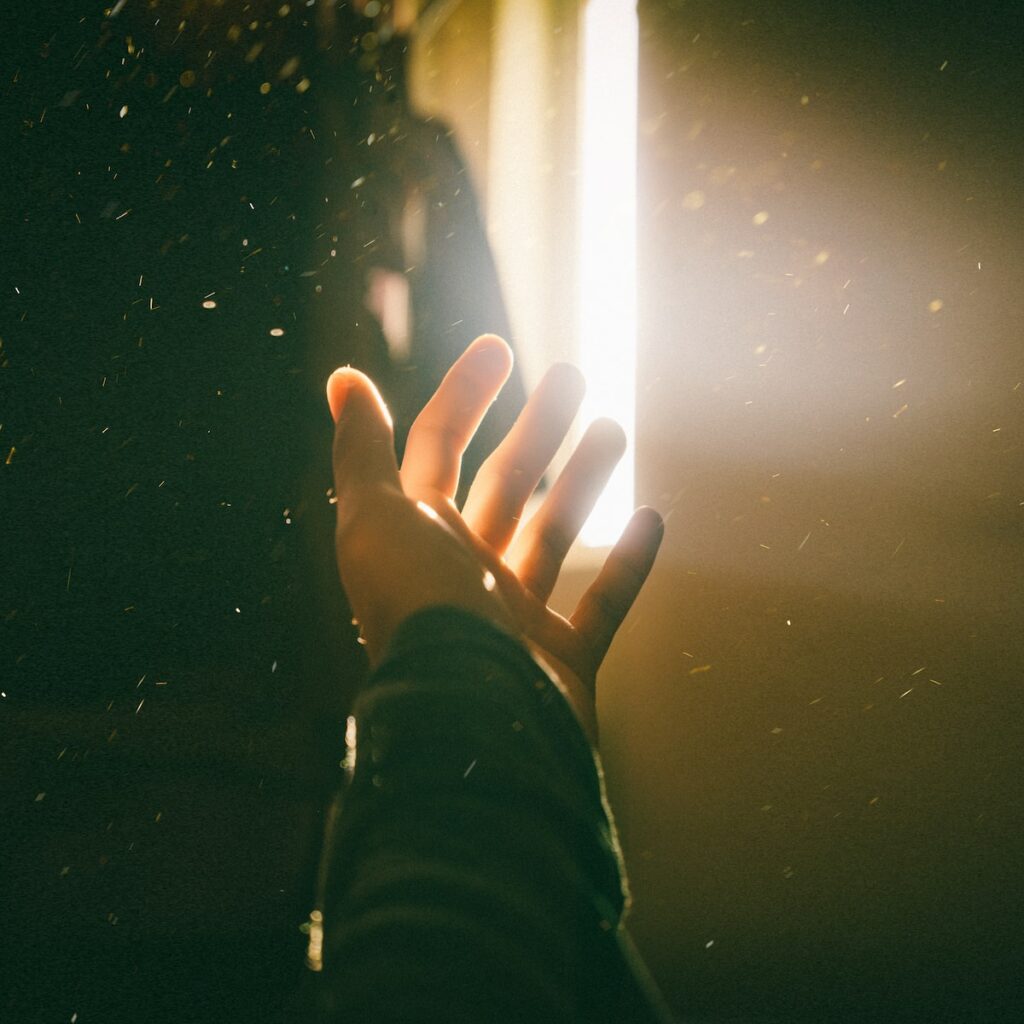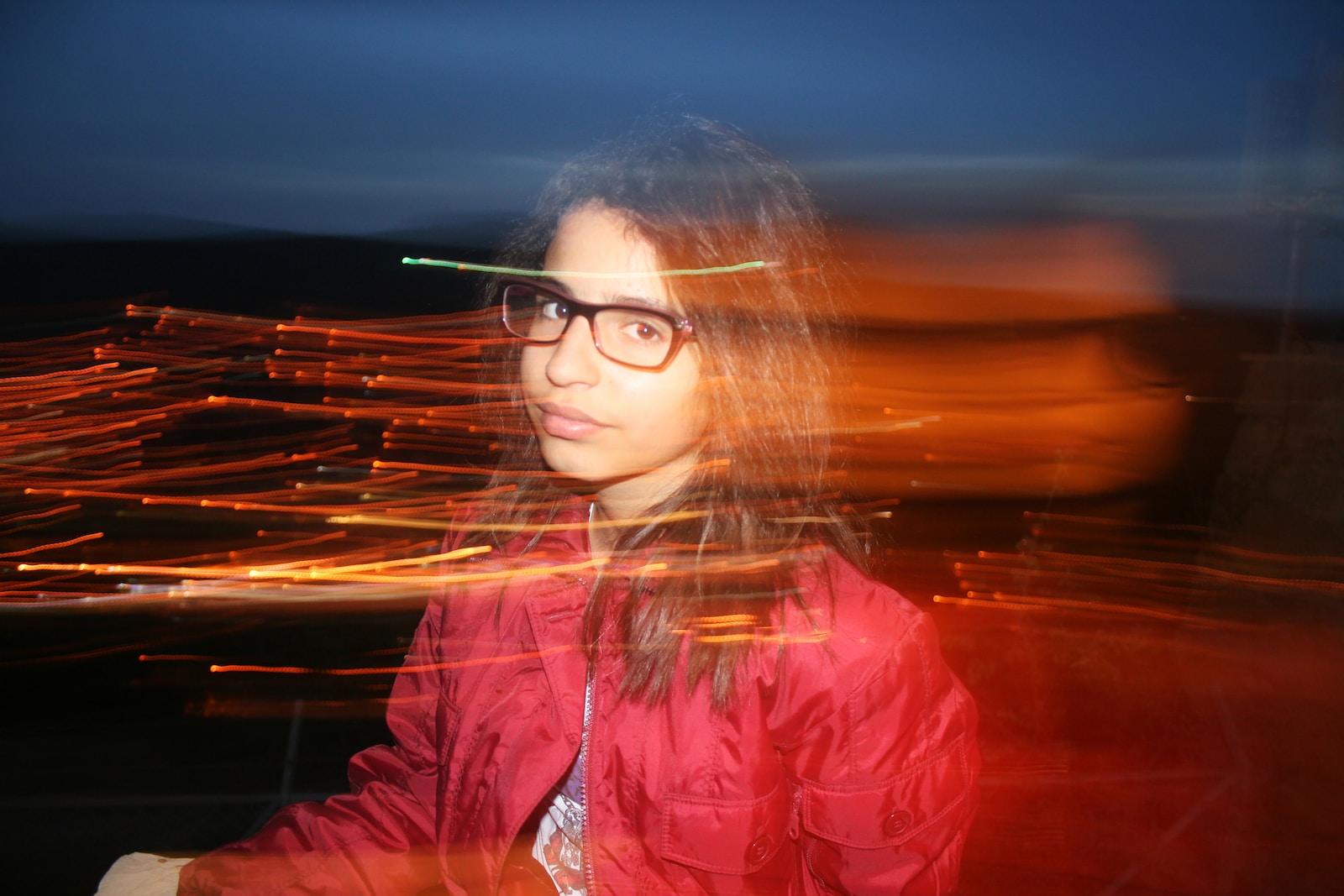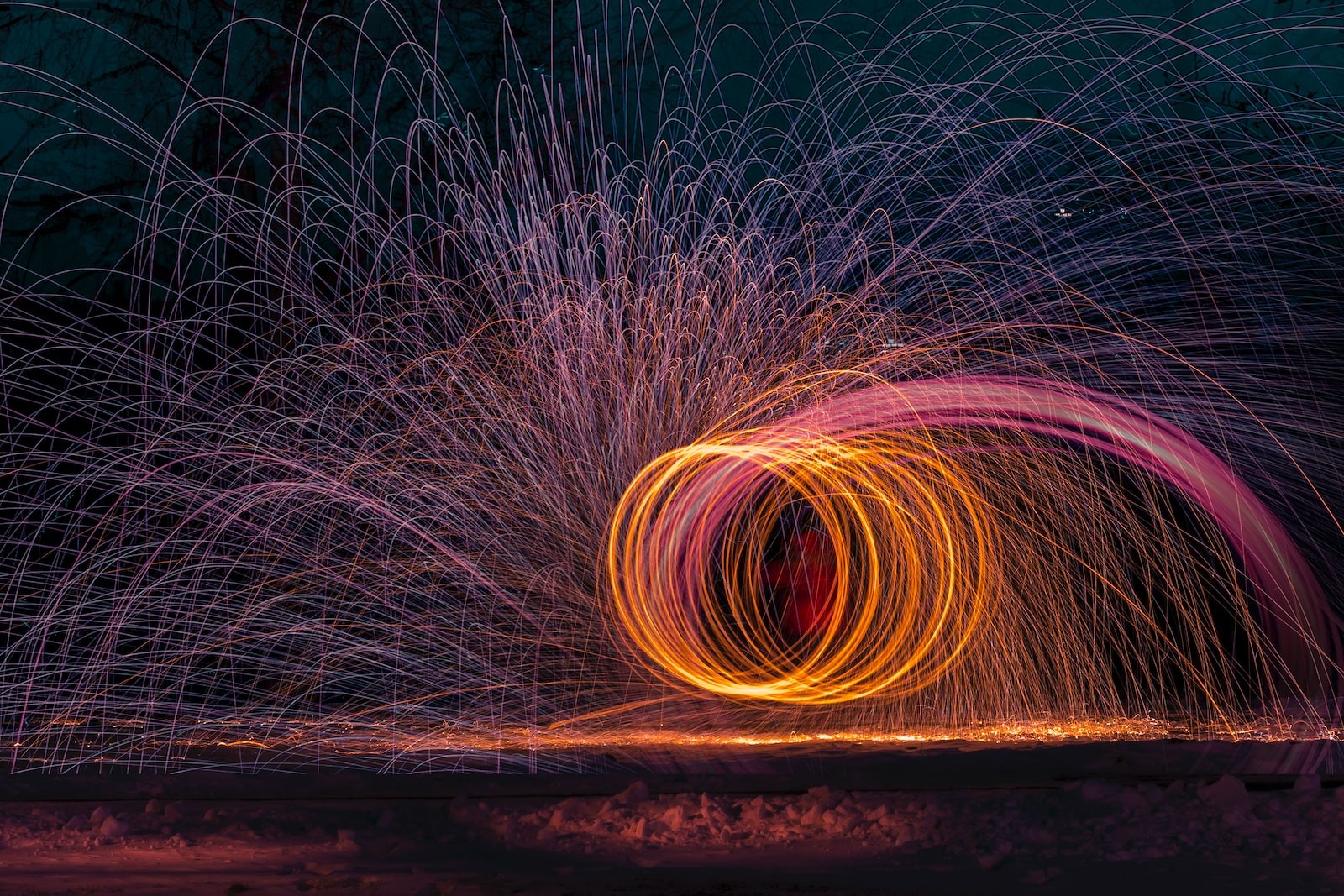Welcome to “Into the Unknown: Experimental Light Techniques!” Prepare to embark on a mesmerizing journey into the world of creative photography. In this blog, we will dive deep into the realm of unconventional light techniques, exploring the captivating art forms of light painting, long exposures, and the ingenious use of various light sources. Unleashing your inner artist, we will push boundaries, challenge norms, and create eye-catching compositions that will leave you spellbound and yearning for more.
Table of Contents
Exploring the Enigmatic: Experimental Light Techniques
When it comes to experimenting with light techniques, it is essential to have a captivating subject that can truly transform into a mesmerizing work of art. Choosing the right subject can make all the difference in creating unique and unforgettable photographs. In this blog, we will uncover some intriguing subjects that have the potential to captivate viewers through the creative use of experimental light techniques.
The Mystical Power of Nature
Nature, with its abundant beauty and ever-changing elements, offers endless possibilities for experimentation. Whether it’s capturing the ethereal glow of a sunrise or the enchanting rays filtering through the leaves of a dense forest, nature provides a rich canvas for photographers.
One fascinating technique to employ with natural subjects is long exposures. By using a slower shutter speed, you can create mesmerizing effects such as soft, flowing waterfalls or streaks of light across the night sky. These long exposures add a sense of movement and mystery to the photograph, making it visually captivating.
Additionally, light painting in natural settings can yield striking results. By using various light sources, such as flashlights or colored filters, you can add an element of surprise and intrigue to your photographs. Imagine capturing the starry night sky with light trails swirling around a majestic mountain peak – the possibilities are endless!
Urban Landscapes: Inspiration in the Concrete Jungle
While nature undoubtedly offers countless opportunities for creative expression, the urban landscape presents its own unique charm. Tall buildings, bustling streets, and neon signs bring a dynamic and vibrant energy that can be beautifully captured through experimental light techniques.
Utilizing long exposures in urban settings can produce mesmerizing results. Think about the fascinating light trails left in the wake of passing cars or the vibrant city lights illuminating the night skyline. By combining long exposures with intentional camera movement or zooming techniques, you can create abstract and visually captivating images that showcase the energy and vitality of city life.
Furthermore, light painting in urban environments can add a touch of magic to your photographs. By using different light sources to trace the outlines of buildings or create shapes in the air, you can transform the mundane into something extraordinary. Experiment with colored gels or multiple light painting tools to enhance the visual impact of your photographs.
Remember, the key to successful experimentation with light techniques lies in finding subjects that truly inspire you. Whether it’s the raw beauty of nature or the urban excitement of the city, the possibilities are endless. Allow your creativity to soar and unlock the potential of light to capture the extraordinary in the ordinary.
Did you know that light painting has been used in photography since the early 1900s? Artists like Picasso and Man Ray were pioneers in experimenting with light and capturing stunning images using this technique.
Exploring the World of Experimental Light Techniques
Capturing intriguing and breathtaking photographs is an art form that requires not only skill but also a deep understanding of light. In the realm of photography, experimental light techniques offer a limitless opportunity to push the boundaries of creativity and transform ordinary scenes into mesmerizing works of art. This blog aims to delve into the unknown, exploring the mesmerizing world of experimental light techniques such as light painting, long exposures, and creative use of different light sources.
Unleashing Creativity through Light Painting
Light painting is a technique that allows photographers to create stunning images by painting with light during a long exposure. It involves using various light sources, such as flashlights, glow sticks, or even fire, to add vibrant streaks, shapes, and patterns to the photograph. The results are often ethereal and dreamlike, with a touch of mystery and magic.
To embark on the journey of light painting, it’s essential to have the right equipment. A camera with manual controls and the ability to set long exposure times is a must. Additionally, a sturdy tripod will be instrumental in keeping the camera steady during long exposure shots. A wireless shutter release or a remote timer can also come in handy to minimize camera shake. Experimentation with different light sources and colors will further enhance the creative possibilities of light painting.
The Artistry of Long Exposures
Long exposures open up new avenues for photographers to capture scenes with remarkable details and unique visual effects. By deliberately prolonging the exposure time, photographers can capture the movement of light in a single frame, leading to stunning results. The gentle blur of flowing water, streaks of car lights on a busy street, or the mesmerizing motion of stars in the night sky can be beautifully captured using long exposures.
To embark on a long exposure photography journey, a camera capable of manual mode and long exposure settings is essential. A sturdy tripod is crucial to keep the camera stable during long exposure shots. Graduated neutral density filters can help balance the exposure between a bright sky and a darker foreground, creating a more balanced composition. It is worth noting that experimenting with different exposure times and compositions will allow photographers to achieve unique and captivating results.
When venturing into the realm of long exposures, it is important to remember that patience is key. Aligning the composition, setting up the tripod, and adjusting the exposure settings may take time, but the captivating results are well worth it.
Embracing the Creative Use of Different Light Sources
Experimenting with different light sources is a gateway to unparalleled creativity in photography. By incorporating unconventional light sources, such as candles, fairy lights, or glow-in-the-dark objects, photographers can elevate their images to a whole new level. These unconventional light sources add a touch of magic, whimsy, and intrigue to any scene.
When experimenting with different light sources, it is essential to pay attention to the overall composition and balance in the photograph. Different light sources emit varying intensities and colors, which can create a unique atmosphere and mood for the captured image. By juxtaposing different light sources, photographers can create captivating contrasts and visual interest in their photographs.
Remember, photography is an ever-evolving journey of exploration and experimentation. By embracing experimental light techniques, such as light painting, long exposures, and the creative use of different light sources, photographers can unlock new realms of creativity and capture awe-inspiring images that transport viewers into the unknown.

Exploring Experimental Light Techniques: Unveiling the Unknown
When it comes to photography, experimenting with light can open up a whole new world of creativity. In this blog, we dive headfirst into the unknown, exploring experimental light techniques that push the boundaries of traditional photography. From light painting to long exposures, this is your guide to capturing captivating images that defy expectations.
The Best Time of Year to Capture Experimental Light Techniques
Timing is everything when it comes to capturing the perfect shot using experimental light techniques. While these techniques can be employed all year round, certain times of the year can enhance the visual impact of your photographs.
Spring: As nature awakens with vibrant colors and new life, spring offers the perfect backdrop for experimenting with light. The longer days and softer sunlight create a dreamlike atmosphere, making it ideal for exploring light painting or long exposures in natural landscapes.
Summer: The warm, golden hours of summer evenings provide fantastic lighting conditions for creating magical images. Combine this with creative light sources, such as fireworks or sparklers, to add an element of surprise and wonder to your photographs.
Fall: The rich colors of fall foliage provide a stunning canvas for experimenting with light techniques. As the sun sets earlier in the day, you can capture captivating long exposures that showcase the interplay between natural and artificial light.
Winter: Embrace the darkness and the festive season to create mesmerizing light paintings. The contrast between the cold, dark landscapes and the warm glow of city lights or holiday decorations can add a touch of mystery and enchantment to your images.
Finding the Best Vantage Points and Positions
Choosing the right vantage point and position is crucial to bring out the full potential of experimental light techniques. Here are two options to consider:
Option 1: Elevated Views
Find a high vantage point, such as a hill or a rooftop, to capture a unique perspective. Elevated views allow you to incorporate the surrounding cityscape, landscape, or even a starry sky into your composition. Use long exposures to capture the trails of car lights or stars, transforming the ordinary into an otherworldly scene. Example: Imagine photographing a bustling cityscape from a rooftop during twilight. By using long exposures and strategically placing light sources, you can create mesmerizing light trails that weave through the urban jungle, transforming it into a dazzling realm of light and motion.
Option 2: Close-up and Macro
Explore the intricate details of your subject by getting up close and personal. Whether it’s capturing the mesmerizing swirls of light created by spinning steel wool or highlighting the delicate features of a flower illuminated by a handheld light, close-up and macro shots can produce stunning results. Example: Imagine photographing a close-up shot of steel wool being ignited. By using a long exposure and moving the camera in a controlled manner, you can capture the fiery trails as they dance through the frame, creating a visually striking image that captivates the viewer.
Remember, experimentation is key when it comes to mastering these techniques. The more you explore and embrace the unknown, the greater the rewards will be. So grab your camera, step into the world of experimental light techniques, and capture images that will leave others in awe.
One helpful photography tip for experimenting with light techniques is to use a tripod for long exposures. This allows you to keep your camera steady and capture the intricate details of the light painting or other creative effects. Using a remote shutter release or the camera's timer can further minimize any camera shake.
Frequently Asked Questions
What are experimental light techniques in photography?
Experimental light techniques in photography refer to the use of unconventional methods to capture unique and creative images. These techniques involve manipulating light sources, using long exposures, and exploring different ways to paint with light.
What is light painting?
Light painting is a technique where photographers use handheld light sources to “paint” or draw with light during a long exposure. By moving the light source strategically, stunning light trails and shapes can be created in the final image.
What are long exposures?
Long exposures involve keeping the camera’s shutter open for an extended period of time, allowing more light to reach the camera’s sensor. This technique is often used to capture movement, such as light trails or smooth water effects in landscapes.
What are some creative ways to use different light sources?
Creative use of different light sources involves experimenting with a wide range of objects that emit light, such as flashlights, LED lights, or even sparklers. By placing these light sources strategically and playing with exposure settings, photographers can add unique and eye-catching elements to their images.
Wrap Up
In conclusion, experimenting with light techniques opens up a world of limitless creativity and artistic expression. By mastering the art of light painting, exploring long exposures, and utilizing different light sources, you can create breathtaking and unique photographs that push the boundaries of traditional photography. Remember to always think outside the box and let your imagination run wild.
Now it’s your turn! Have you ever tried any experimental light techniques? Did you find it challenging or rewarding? Share your thoughts and experiences in the comments below. Don’t be shy – let’s ignite a conversation and inspire each other to further explore the unknown realm of experimental light techniques!

